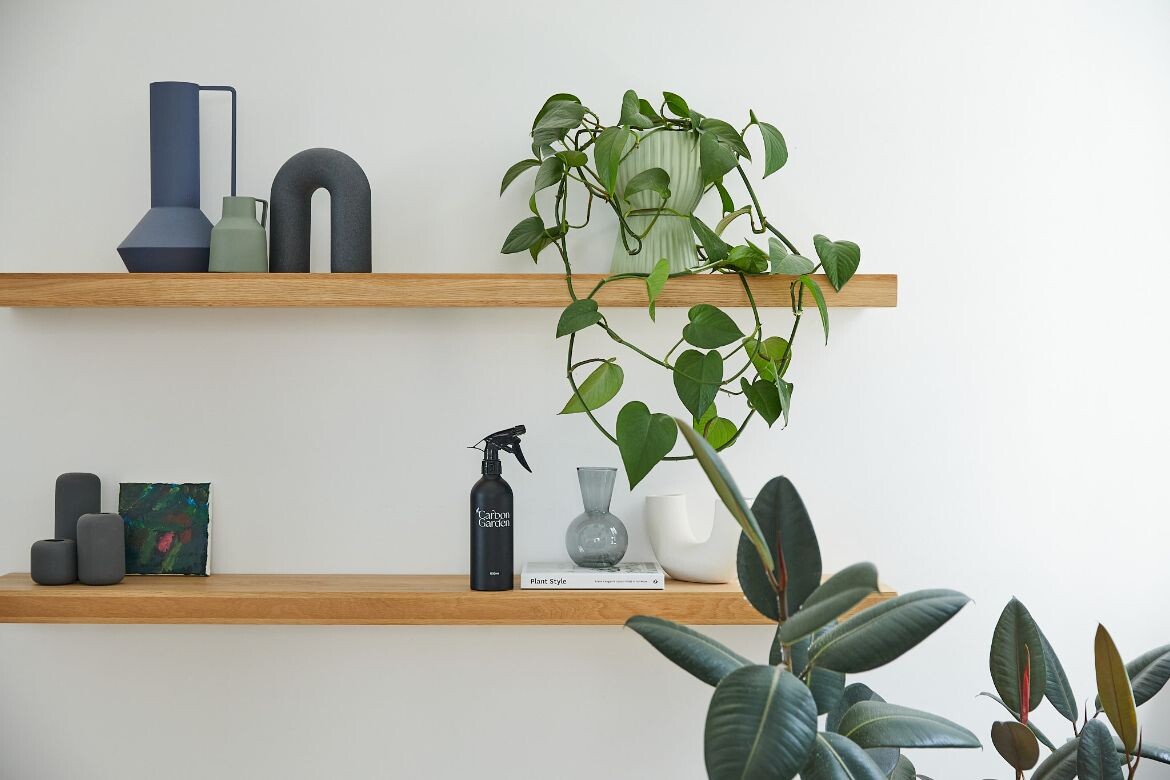The answer is both simple and complex. The simple answer is as a catalyst to join a community of like-minded plant lovers to better understand gardening and how carbon is absorbed and released from soil.
On a more complex level, The Carbon Garden is the domestic arm of CropBioLife, an Australian company that has been working with farmers in Australia (including Brokenwood Vineyard and Griffith Wheat) and abroad with impressive results. Science-based and organic CropBioLife has been shortlisted as a finalist in the UNIDO 2021 Global Call for Innovative Solutions in Cleantech and Sustainable Land Management.
Basically, the elements causing carbon to leave the soil are extensive: agricultural practices for example including tilling, mono crops, fertilizers and pesticides all expose the carbon in the soil to oxygen, which causes it to burn off into the atmosphere. Then there is deforestation, climate-change-initiated permafrost thaw, peat harvesting and so forth.
Conversely, any plant conducting photosynthesis, A.K.A. a healthy plant, is pulling carbon from the air, turning that carbon into plant material, (leaves, bark, stems, flowers, seeds and roots) which in turn returns to the soil when the plant sheds these elements and they are joined with the soil. Composting vegetable matter is the quick way to get carbon into the soil, while a healthy plant dropping leaves provides a gentler path.
Shifting carbon between the atmosphere to soil, however, compounds as plants respire and exude carbon as a sugary substance through their roots. This feeds microbes such as bacteria, fungi, protozoa and nematodes, which all release carbon into the air. These same microbes also break down the carbon compounds of dead plant matter for their own metabolism and growth and again release it into the air. As such, the soil can store more carbon when it is protected from microbial activity and the only way to do that, is to make sure the plants are healthy.

So, how do the products in the kit aim to save the planet? One garden at a time. The three products are each designed for plant health. The primary product, CropBioLife Activator is essentially flavonoids. According to the American National Library of Medicine, “In plants, flavonoids perform many functions like regulating cell growth, attracting pollinators insects, and protecting against biotic and abiotic stresses.”
Next is the Plant Tonic comprising nitrogen 5 per cent, sulphur 5 per cent, manganese 2 per cent, zinc 3 per cent, copper 1 per cent, iron 3 per cent and molybdenum .05 per cent. These micro minerals are essential to plant health and where lacking are the cause of crop fail.
The Plant Food is where the more typical NPK (nitrogen N, phosphorous P and potassium K) balance is delivered, but with a solid suite of complimentary minerals towards a holistic balance, rather than a 20-20-20 one-size fits none solution: nitrogen 1.15 per cent, phosphorous 1.34 per cent, potassium 1.80 per cent, sulphur 0.014 per cent, calcium 0.091 per cent, magnesium 0.009 per cent, sodium 0.031 per cent and total organic carbon 3.33 per cent. Taken together, the balance becomes slightly higher in nitrogen and potassium. Effectively this equates to more green leaf growth from the nitrogen and better carbon capture from the phosphorous and potassium.
In short, the product’s ability to improve the health of your plants comes with all the benefits of healthy plants including: improved colour; improved root health, modulation, and exudation; improved soil biology; better fruit; higher BRIX levels (indicating sweetness); improved resistance to UV-B stress (wilting, yellowing, abnormal growth); improved resistance to drought stress; and supported photosynthesis efficiency.
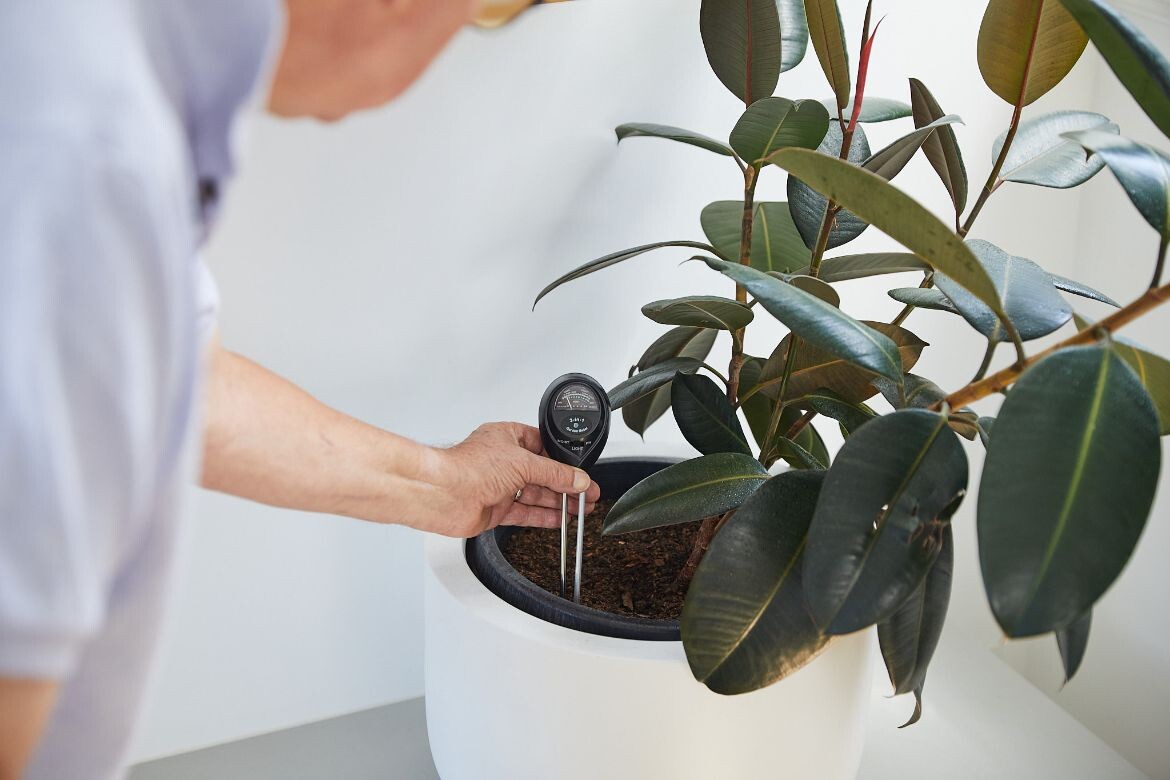


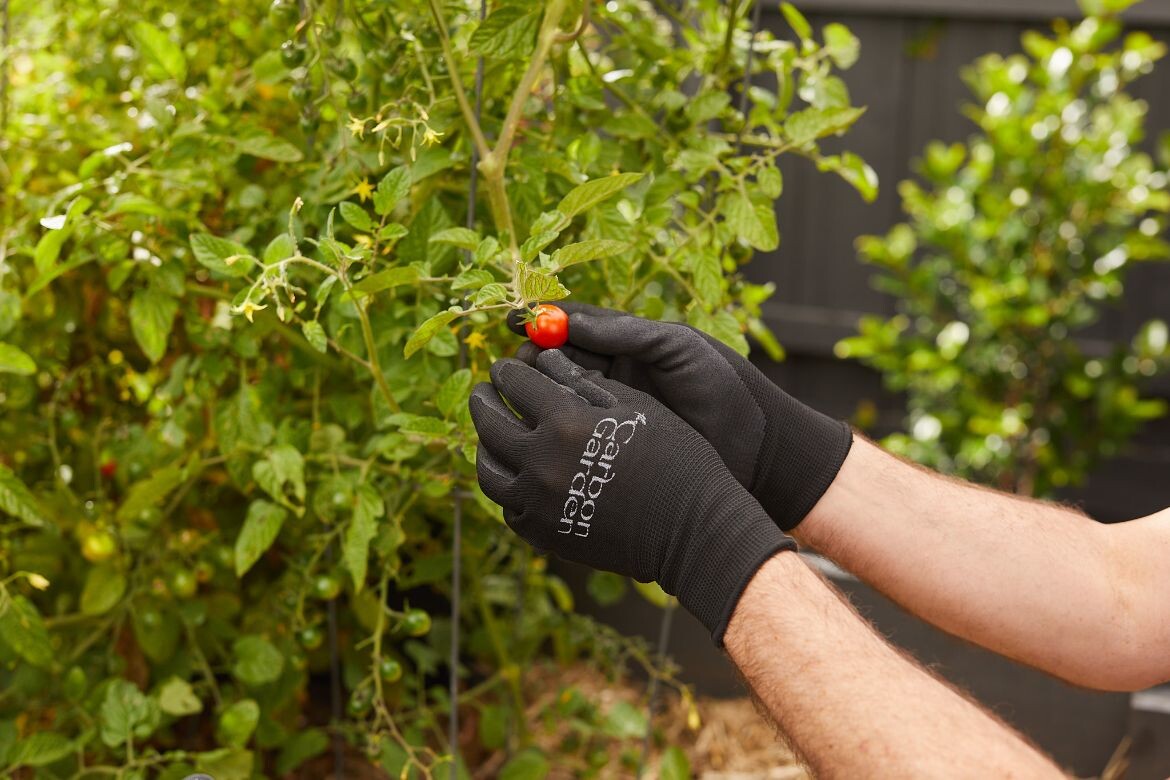
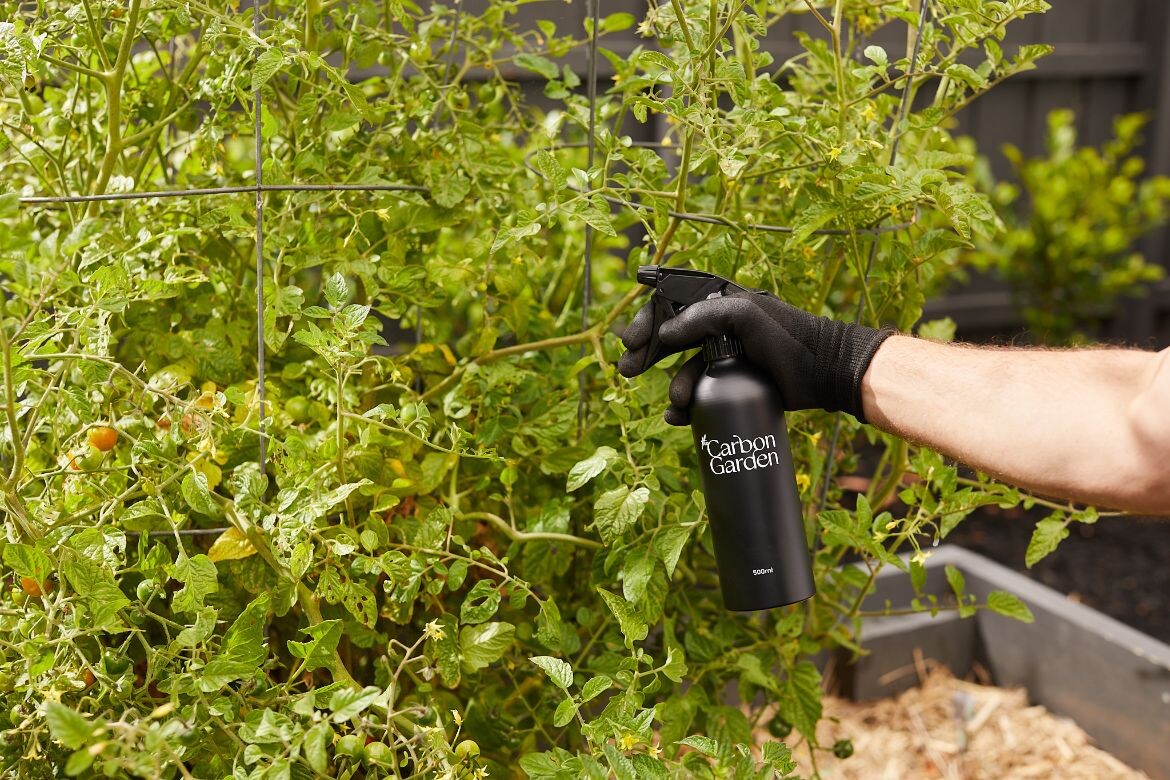
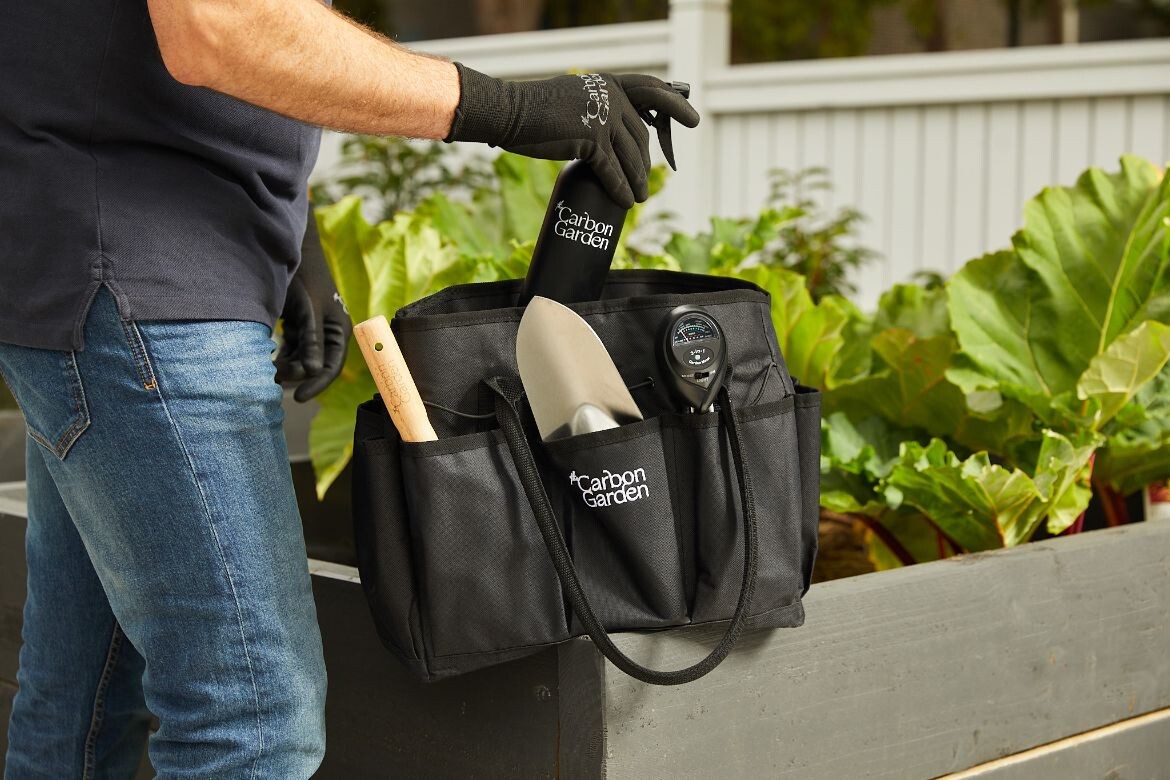
The Carbon Garden
thecarbongarden.com.au
We think you might like this Habitus Loves edit all about indoor plants

